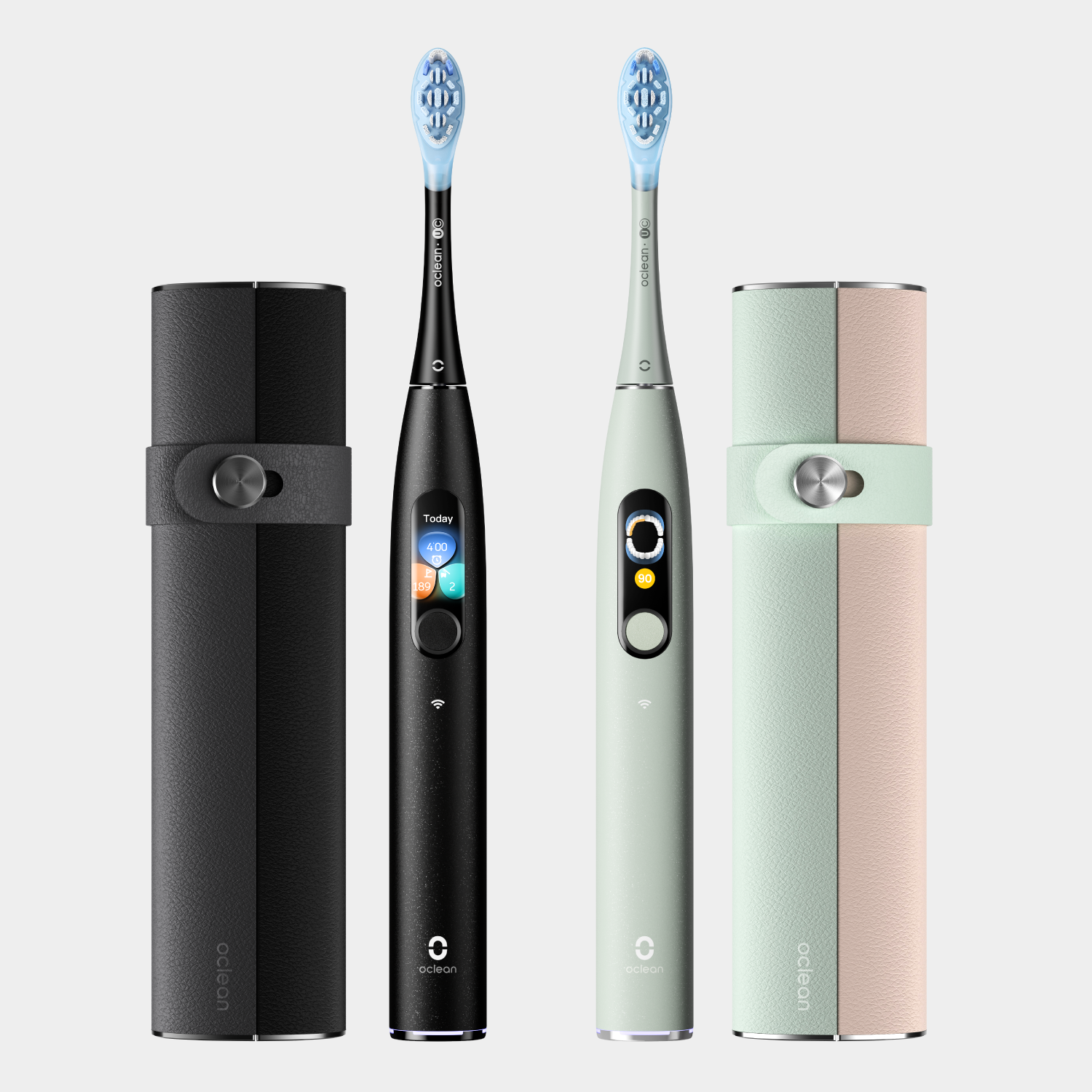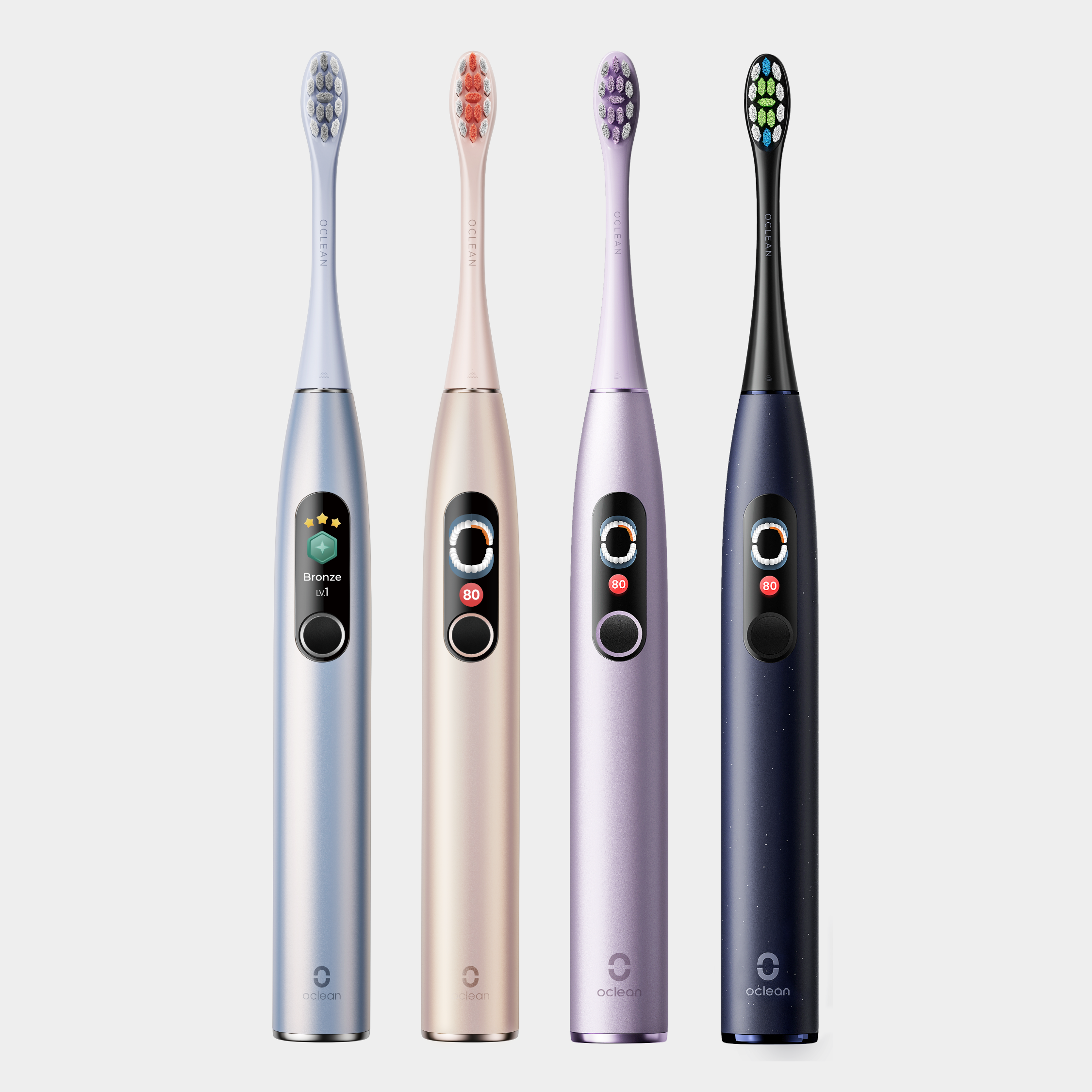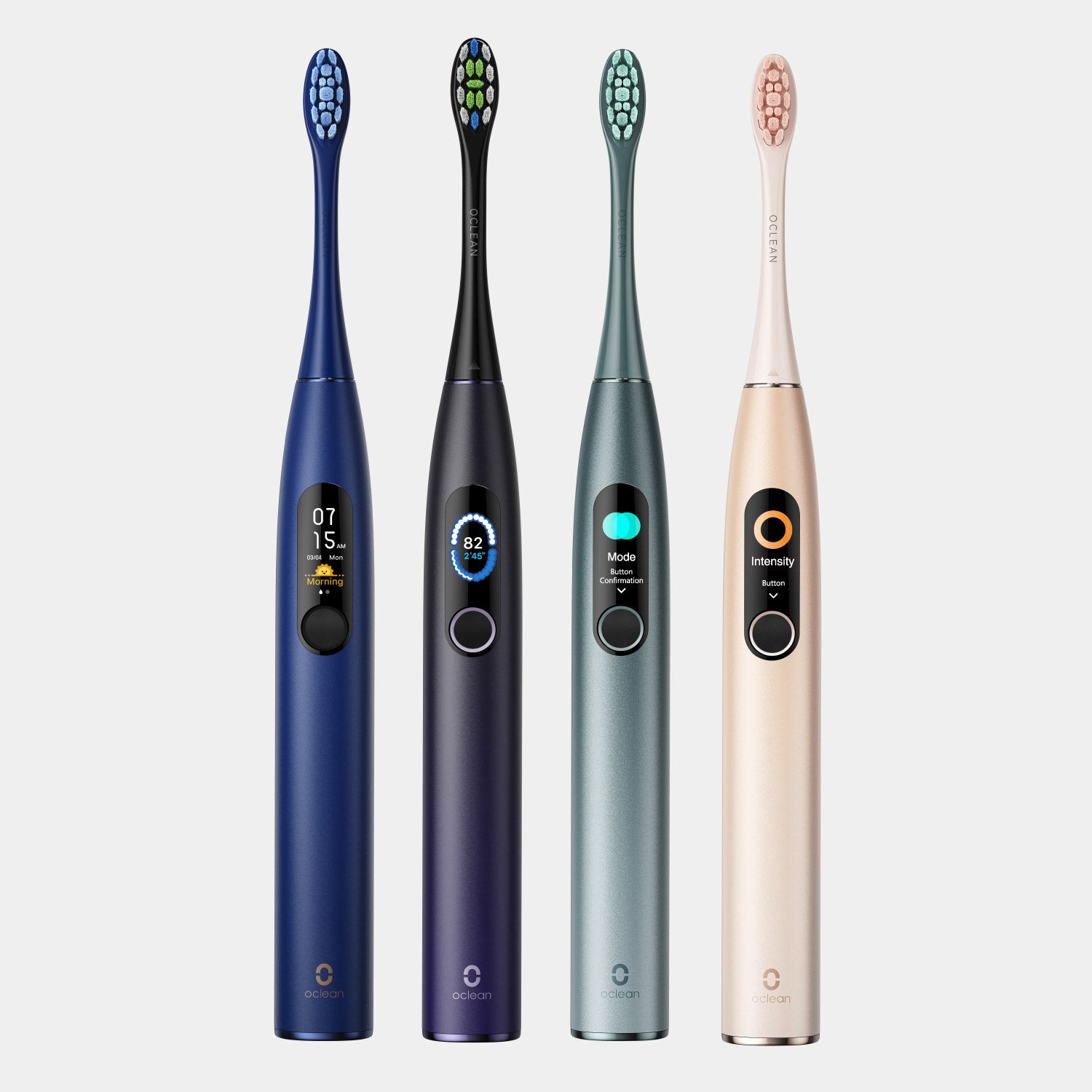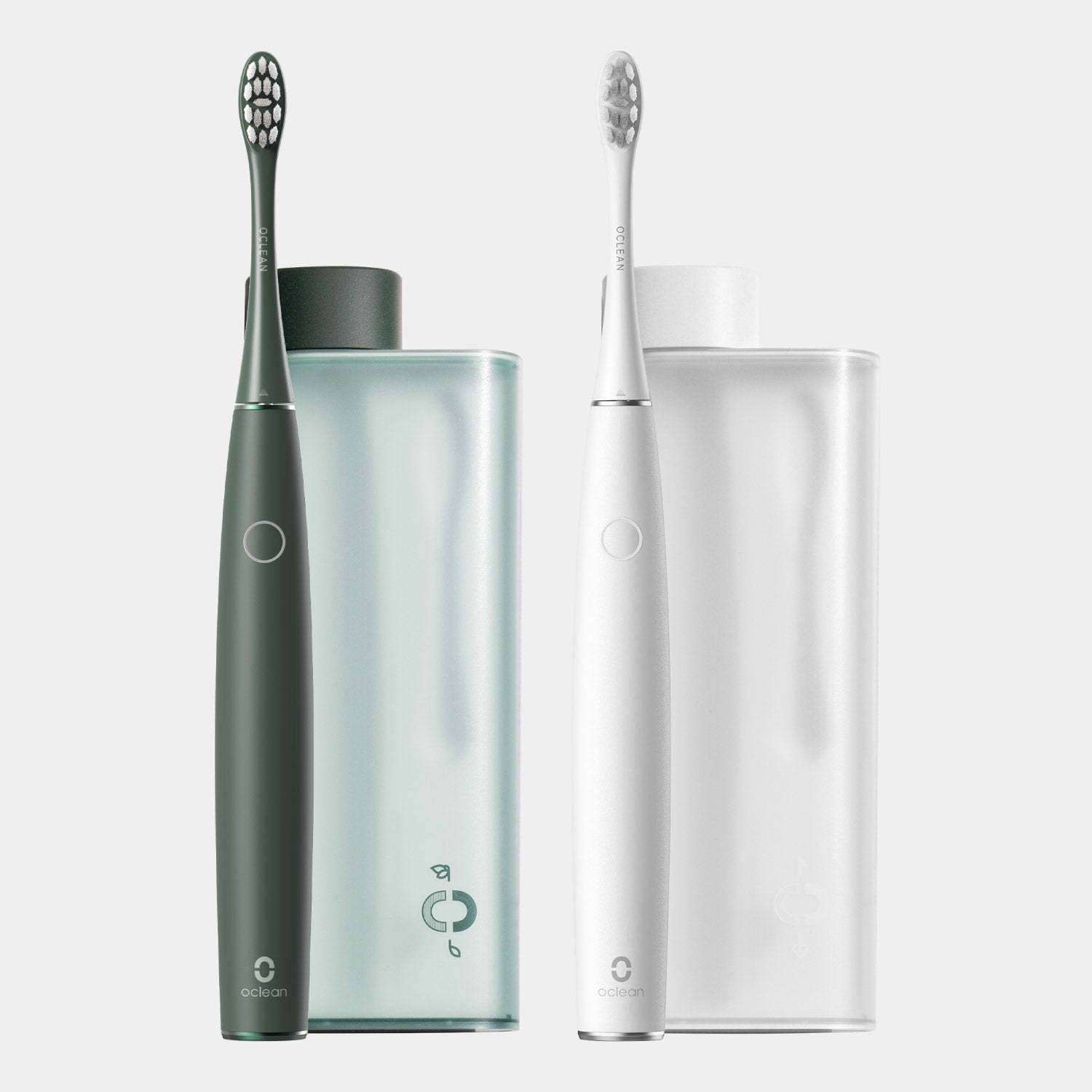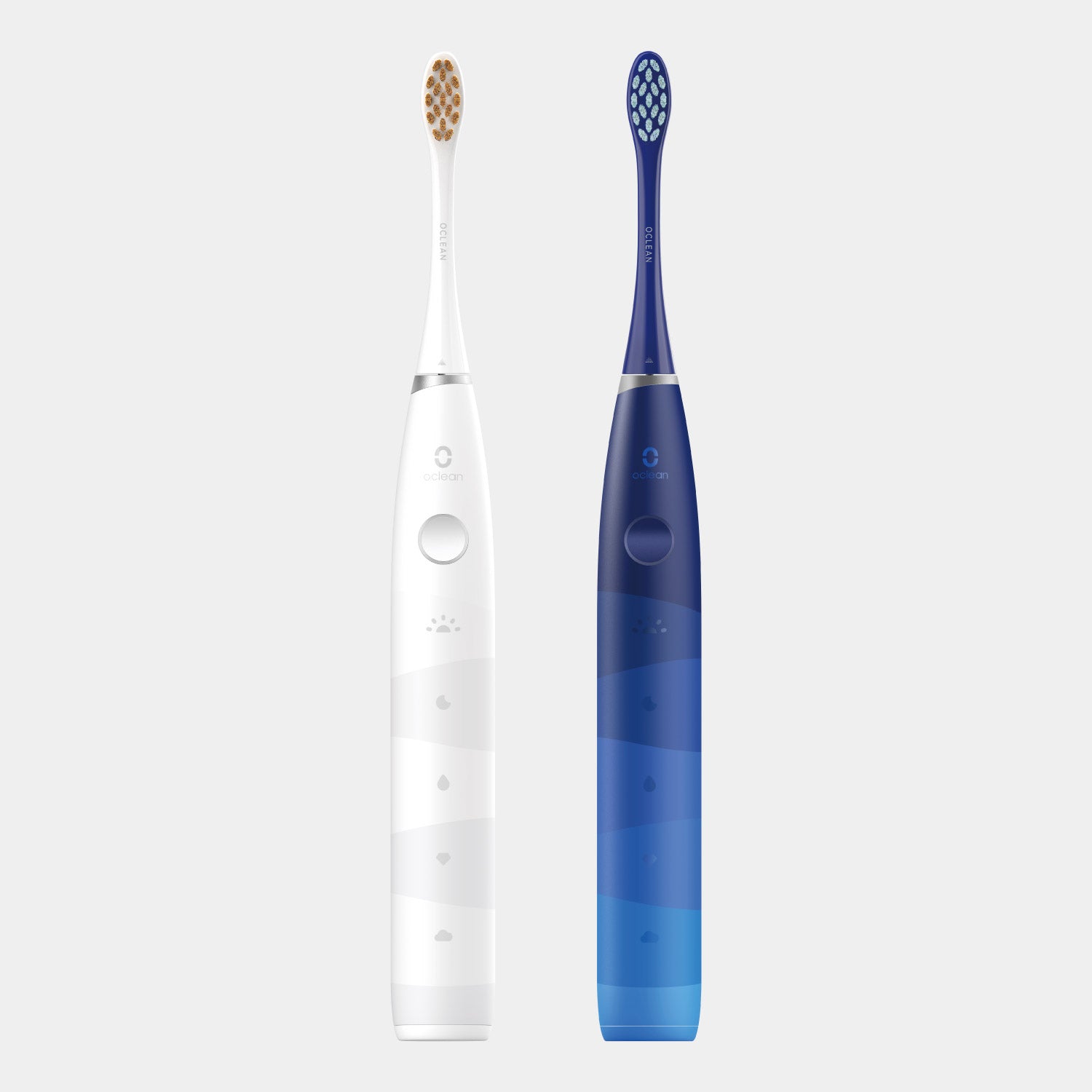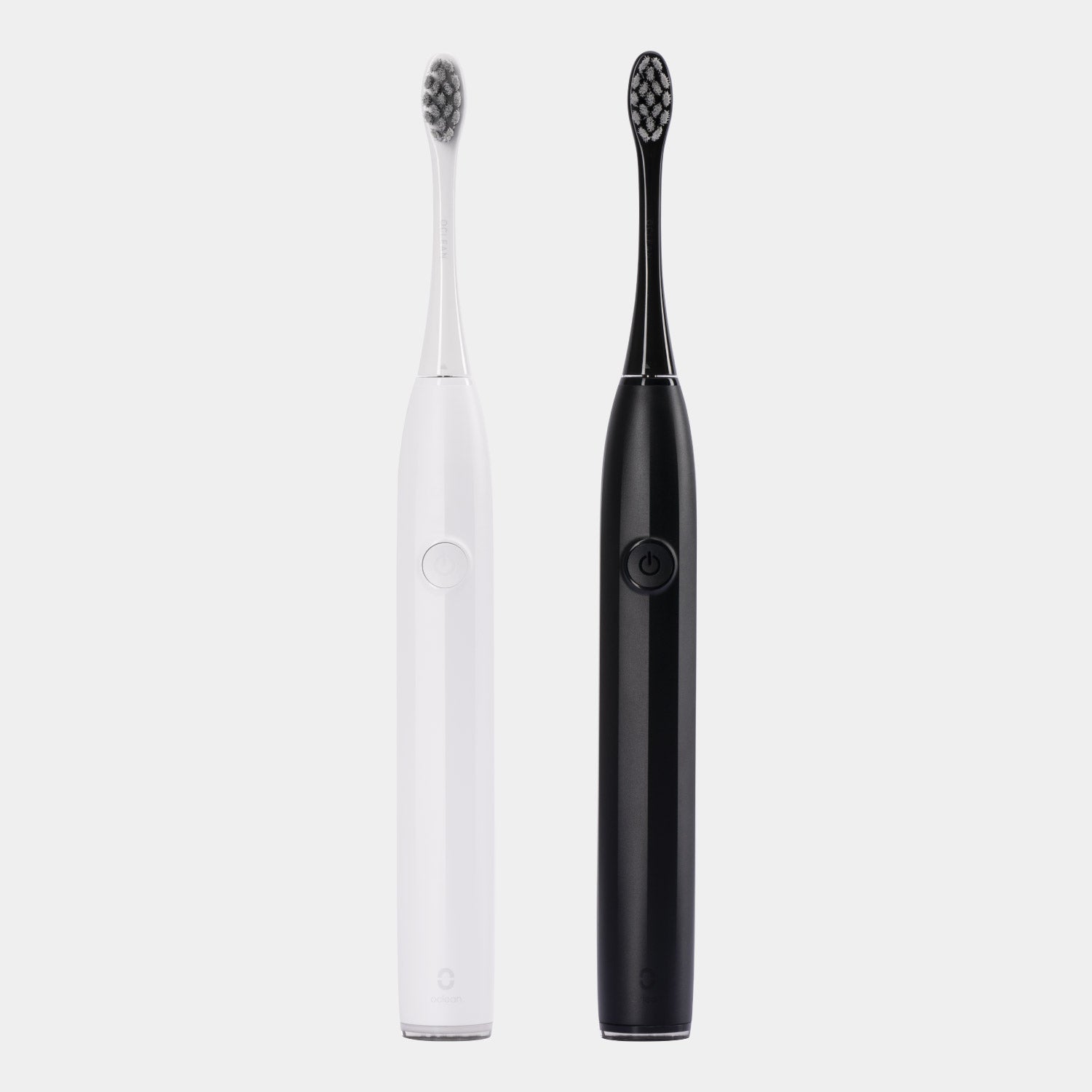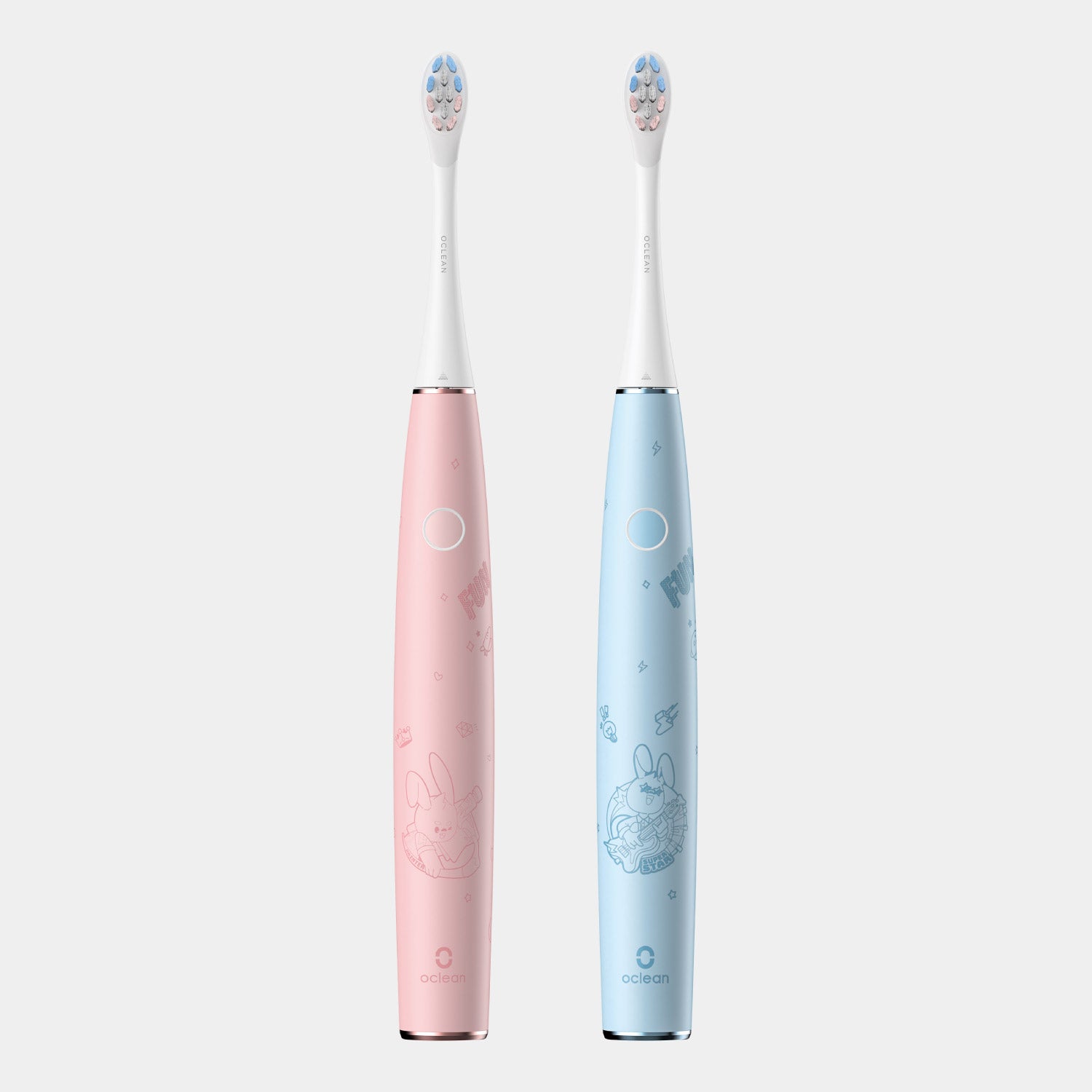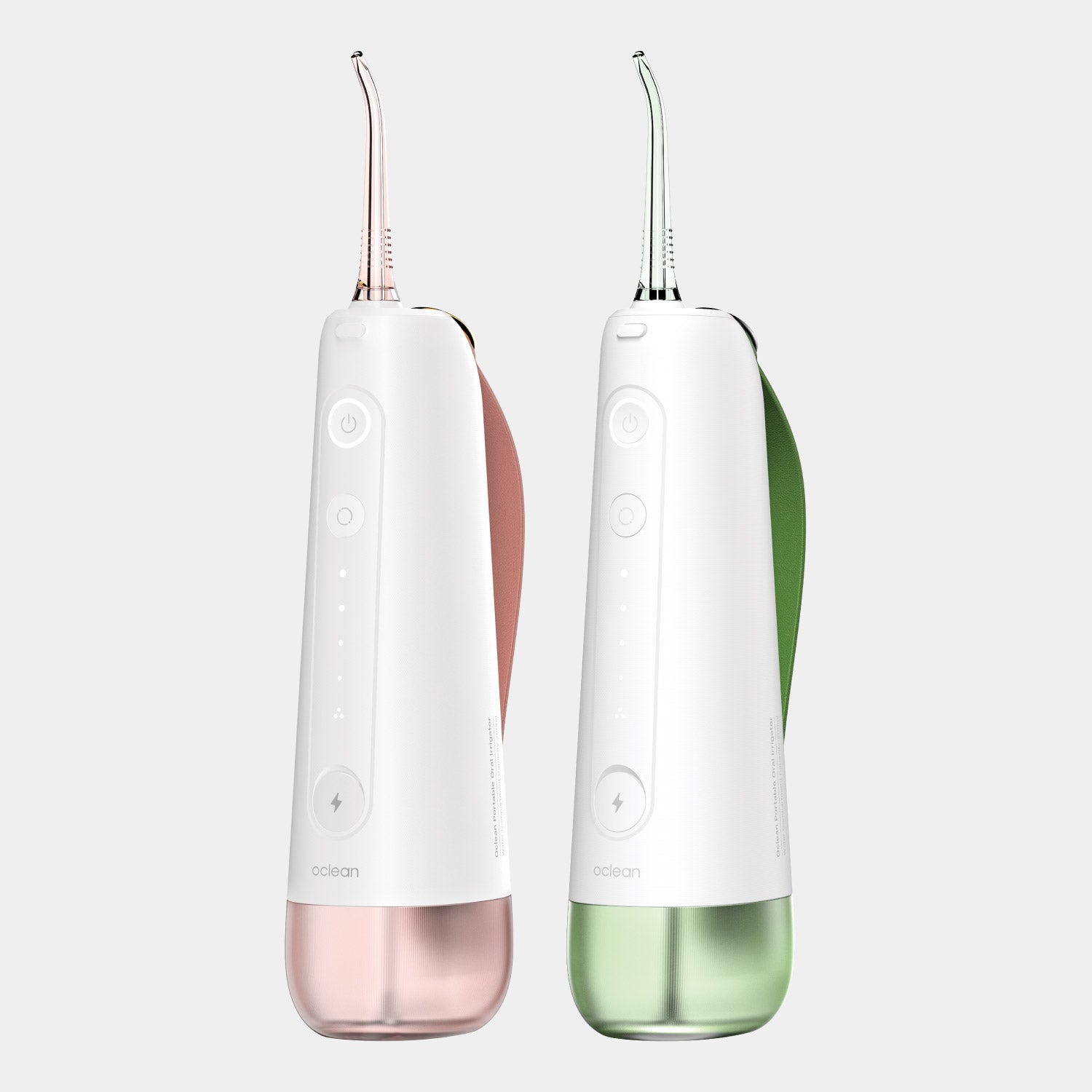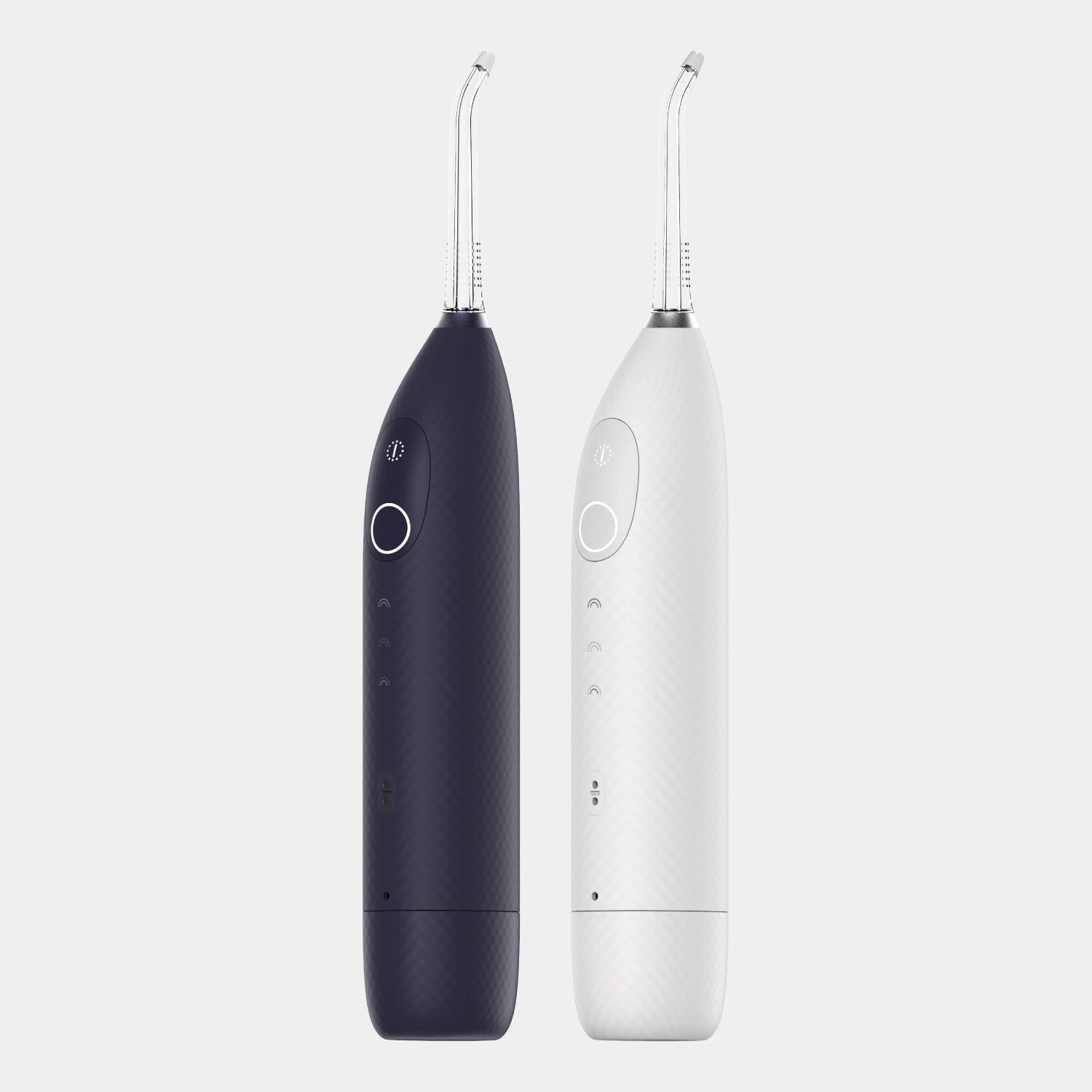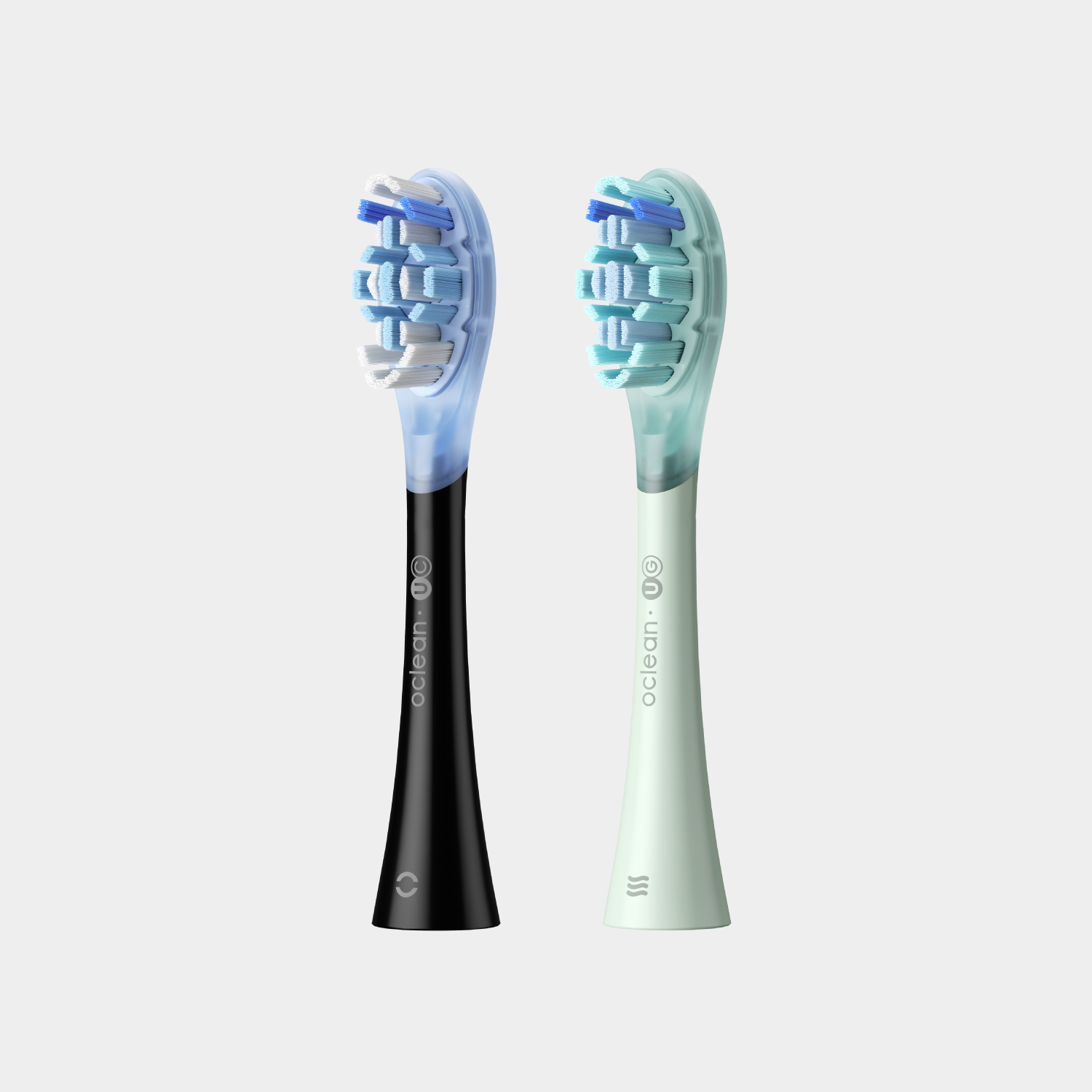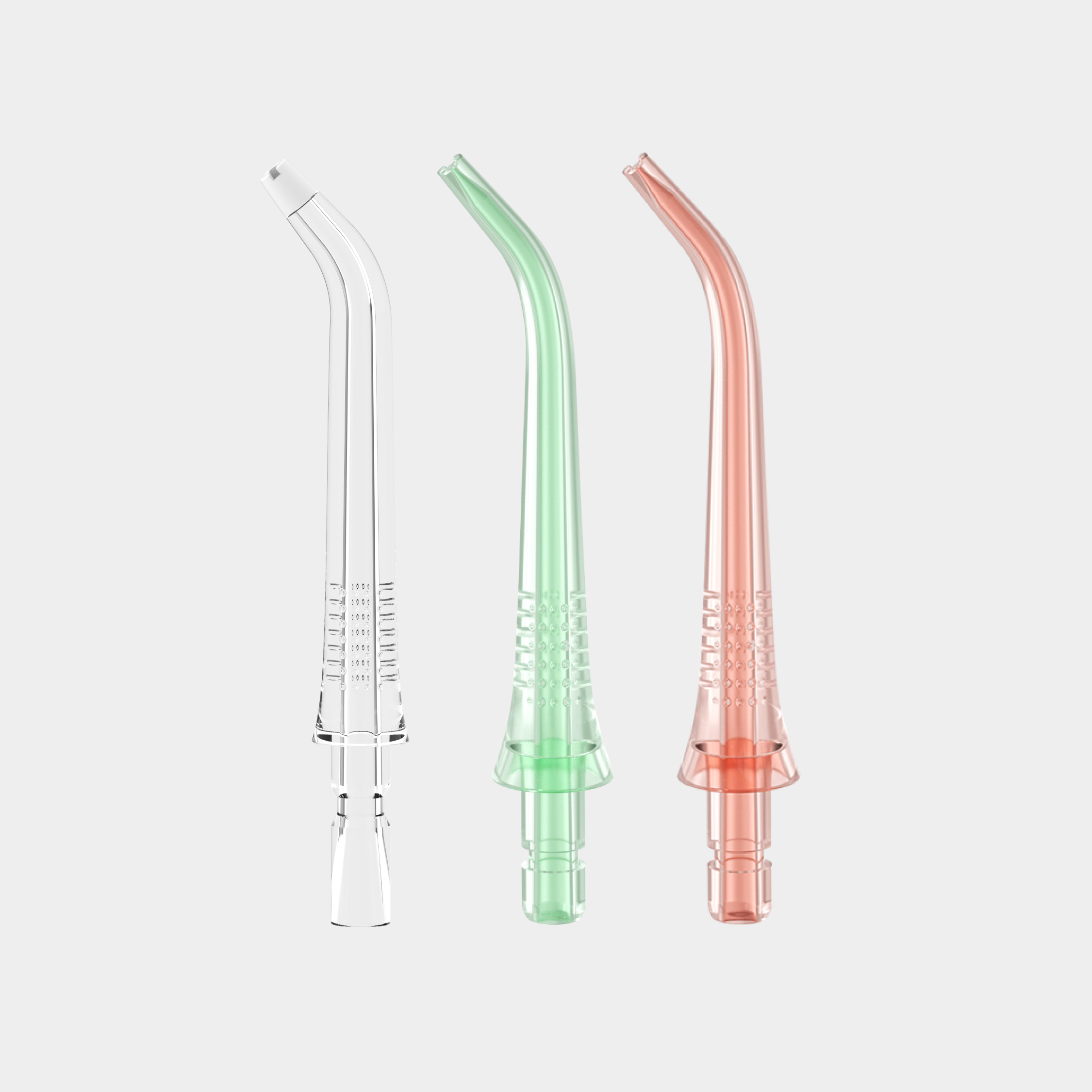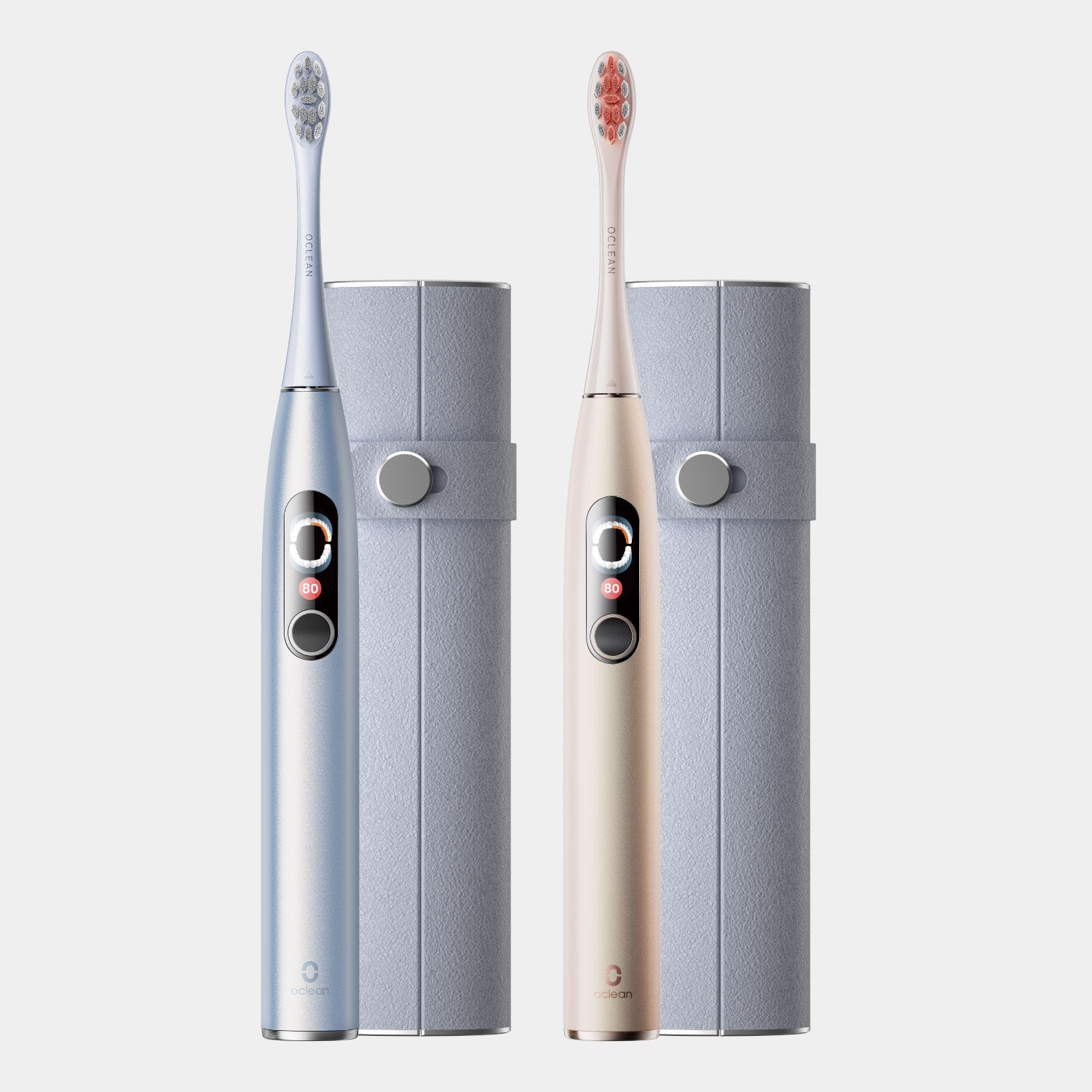In the realm of dental care, the phrase "Smoking thrills but kills," which was popularized in Generation X cigarette advertisements, holds a deeper truth. If you're a smoker, you can appreciate the gravity of this statement, especially when it comes to one of its consequences: dry socket following a tooth extraction.
But what if we offered you guidance on how to smoke in a way that minimizes the risk of developing a dry socket after tooth extraction? Would you consider it? Keep reading to discover the proper approach to smoking post-extraction. First, however, let's explore why avoiding smoking is crucial following this dental procedure.
Reasons to Avoid Smoking After Tooth Extraction
Here are three key reasons you should keep in mind:
1. Delayed Healing:
According to the World Health Organization (WHO), cigarette smoking hampers the healing of wounds. It accomplishes this by reducing the supply of essential nutrients to the wound site. Furthermore, proper wound healing requires oxygen, and smoking diminishes oxygen availability at the wound site, thereby impeding the healing process.
2. Dislodged Blood Clot:
The formation of a blood clot is essential for the wound-healing process. Any factor that disrupts or dislodges the clot is concerning, as a dry socket can develop in the absence of a blood clot.
The forceful inhalation of cigarette smoke creates a suction effect around the blood clot, leading to its dislodgment. The result is excruciating pain that is extremely difficult to manage – this is the dreaded dry socket.
3. Increased Post-operative Pain:
Smoking disrupts the body's inflammatory response balance, resulting in heightened pain following an extraction. Additionally, research indicates that smoking elevates the risk of vascular diseases by damaging the endothelial lining of blood vessels. One such condition is temporal arteritis, which manifests as headaches, jaw pain, and vision problems.
How Long Should You Avoid Smoking After a Tooth Extraction?
In light of the three aforementioned reasons, it is typically recommended to abstain from smoking for at least 3 days following a tooth extraction. However, if you still have the urge to smoke, consider using smokeless tobacco as an alternative to cigarette smoke. While it has its drawbacks, it is a preferable option to actively inhaling smoke.
The most common complication resulting from smoking after an extraction is the development of a dry socket. A dry socket typically presents with severe pain extending to the ear and upper face. Unfortunately, there is no definitive treatment for dry socket aside from using over-the-counter pain relievers.
Managing Dry Socket Pain
If you or a loved one experiences a dry socket, there are two options to alleviate the pain:
1. Use Clove Oil:
- To manage dry socket pain at home, follow these steps:
- Soak a small cotton ball in clove oil.
- Place this cotton ball inside a thin, damp gauze.
- Insert the dressing into the dry socket.
- Remove the dressing after 20 minutes and rinse your mouth with salt water.
- Repeat this process three times daily for 7 days.
2. Visit Your Dentist:
Your dentist can take measures to alleviate the pain by irrigating the tooth socket with normal saline. Following irrigation, a gauze soaked in pain-relieving medication will be placed. This gauze dressing will be changed daily for 3 to 5 days, and your dentist may also provide pain-relieving medications as adjunctive therapy.
The Correct Way to Smoke After Tooth Extraction
While we strongly advise against smoking following a tooth extraction, if you choose to do so, please follow these guidelines:
- Place a damp gauze over the extraction socket.
- Apply gentle pressure from the opposing tooth.
- Inhale cigarette smoke lightly and slowly, avoiding forceful inhalation.
Oral Hygiene Instructions
Maintaining good oral hygiene is crucial for preventing oral diseases. The most effective way to care for your oral health is to brush your teeth twice daily. Consider using a sonic electric toothbrush for an even more effective clean.
Oclean sonic toothbrush not only elevates your oral hygiene but also simplifies plaque removal. Less plaque means fewer bacteria, which in turn reduces the risk of oral diseases. In addition to regular brushing, daily use of dental floss is essential.
Take-Home Message
The correct way to smoke a cigarette after a tooth extraction has been detailed in the preceding sections. Nevertheless, it is recommended to avoid smoking for 3 days after the procedure to prevent dry socket. In the event of a dry socket, you can seek prompt dental care or use clove oil to alleviate the pain. Furthermore, electric toothbrushes should be employed for thorough oral hygiene.


